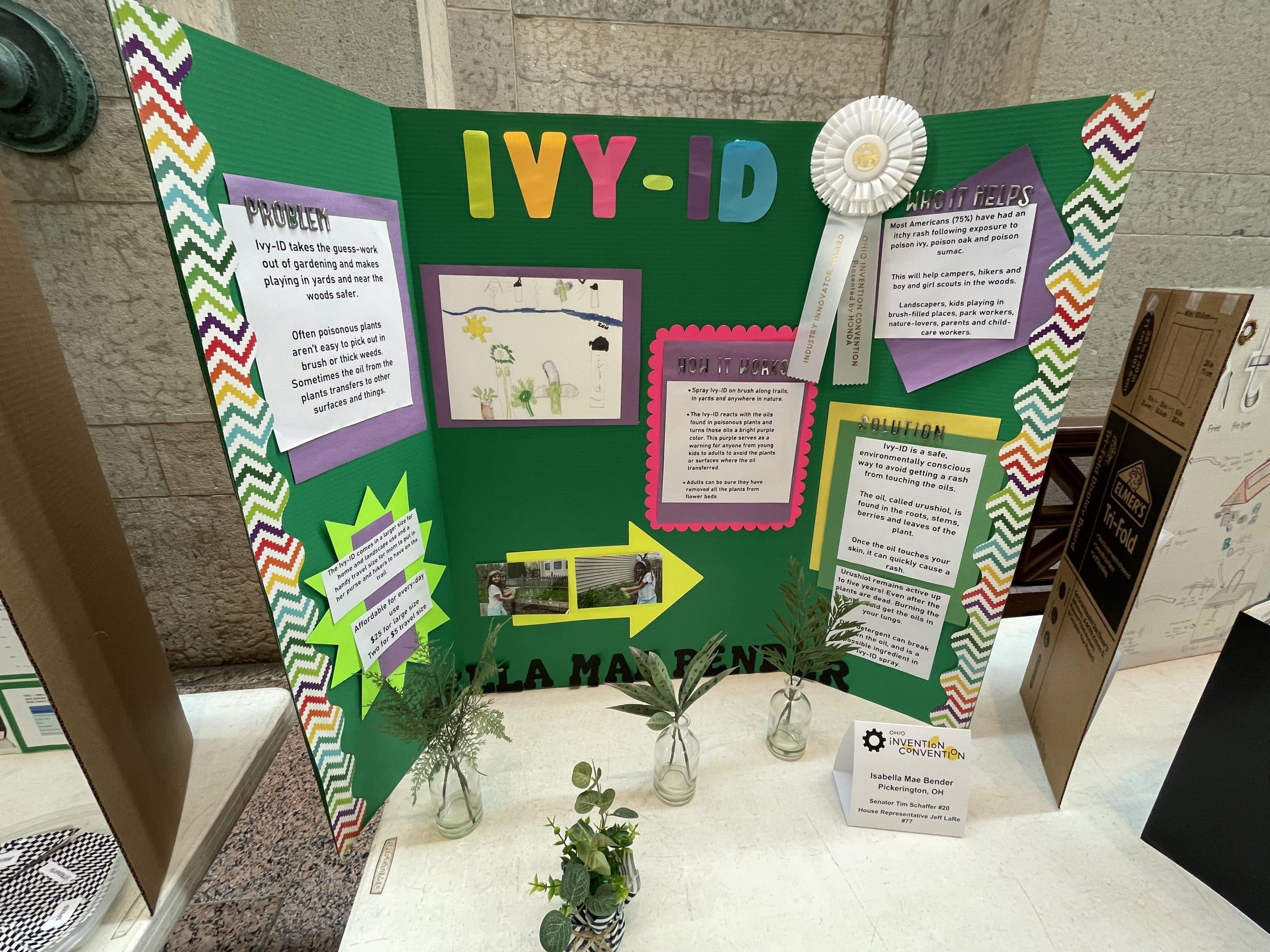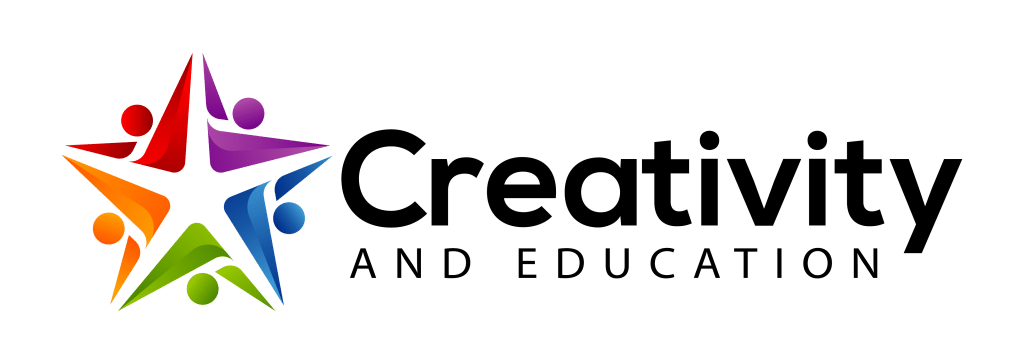There are several national academic extra-curricular competitions that not only encourage creativity from students—they require it. Here are five I’ve done with students that most certainly fostered creative thinking. I like to use national competitions because the challenges and infrastructures to evaluate them are already in place.
1. Destination Imagination
Destination Imagination (DI) is a global program that has a team of students pick a challenge. The students must then create a skit that demonstrates the elements of the challenge and also demonstrates specific skills. By doing this, they are using creative thinking to come up with their solution.
There are various challenges to choose from, each with a different focus:
- Technical Challenge
- Scientific Challenge
- Engineering Challenge
- Fine Arts Challenge
- Improvisation Challenge
- Project Outreach
All challenges require students to be creative in the manner in which they solve their challenges, as well as in how they create and perform their skits. They actually get scored higher the more creative they are.
In addition to the central challenge, DI has another component which is called an instant challenge. Teams don’t know what the instant challenge will be when they arrive at the tournament. Typically they’ll be led to a room, told the instant challenge, and must immediately try to solve it without any sort of preparation. This is teaching the skill of adaptation, and again, the judges are looking for the most creative solution.
Click here to learn more about Destination Imagination.
2. Invention Convention
Invention Convention involves students coming up with an invention that solves a problem, but it requires more than just coming up with an idea. Students must envision what the invention will look like, create a model so that others can see their vision, and then explain how it works to others.
The inventor’s journal collects the thought process they went through while developing their invention. This includes everything from the initial brainstorming to the refinement of its final product. Their journal captures their creativity journey in a bottle.
Students take the idea that has been floating around in their heads and must conceptualize what it would look like. Students start by drawing what the invention might look like, including its dimensions and what materials it is made of. From this design, students will construct a model of the invention. It doesn’t have to be a working model—it simply needs to give people an idea of how it might work.
The final aspect is presenting their invention. While it is not required, a majority of students create tri-folds showing the process of how they came up with and developed their invention. This acts as a visual aid to show judges what the student is talking about.
Click here to learn more about Invention Convention. https://inhub.thehenryford.org/icw/home.
3. Future City Competition
The Future City Competition is a project-based learning competition that involves teams of students designing and constructing a city of the future. This means figuring out the infrastructure for the city that makes it livable, as well as incorporating the challenge for that year into the city.
Here are the challenges from the past couple of years:
Clear Water: Tap Into Tomorrow: choose a threat to their city’s water supply and design a resilient system to maintain a reliable supply of clean drinking water.
Age-Friendly City: identify an age-related challenge that exists in today’s urban environments and engineer two innovative solutions that allow your city’s senior citizens to be as active, independent, and engaged as they want to be.
Teams must design their city to meet the needs of the challenge. It breaks down into five parts:
- 1. Virtual city design
- 2. City essay
- 3. City model
- 4. City presentation
- 5. Project plan
Learn more about Future City here.
4. WordMasters
Many language arts competitions focus on grammar, punctuation, spelling, or other language mechanics. WordMasters is a bit different. It’s designed to help students to think analytically and metaphorically, as well as learn some vocabulary along the way through analogies. Analogies, by the way, are one of the sections on the CogAT, a test that measures a student’s cognitive ability.
Students are given a list of vocabulary words, usually 25. Students are tasked with finding out the definition (or, in many cases, definitions) of the word. They must also be able to understand these words well enough to associate each of them with another word in an analogy. For instance, if students are given the word virus, they would have to figure out that it means something that causes sickness. This will eventually be presented in an analogy where they have to figure out the relationship between two words. For example, if the analogy is Virus: Sick, the relationship here is that viruses cause sickness. You would have to find a similar relationship among the choices provided:
- a. Fly : Kite
- b. Nice : Pleasant
- c. Carelessness : Errors
- d. Turtle : Slow
Of these choices, only Carelessness causes Errors, so that would be the correct answer.
Students are given a test with twenty questions full of analogies using the words they have been studying from the word list. They receive three-word lists throughout the year and are expected to take three tests.
To see some examples of WordMasters, click here.
5. VEX Robotics
VEX Robotics involves the building of robots. Students are given a robotics kit with all sorts of parts, batteries, and gears. They can either construct the recommended build and then alter it to fit their needs, or they can create their own robot from scratch.
Once they have spent months building the robot, they’re required to complete a task on the playing field. This might be flinging balls, bouncing disks, maneuvering around obstacles, and even climbing. Kids must use creative thinking to determine which strategy would be best.
There are two aspects of the competition. One has the students code the robot to be able to move without someone controlling it. The second is the students driving the robot using a controller. They must work with another team to complete the task and score points for accomplishing these.
For more information, visit the VEX robotics site.
One to Avoid
I do want to caution that there are some academic extra-curricular activities that don’t foster creativity and, in fact, stifle it. The biggest culprit is one of the most beloved competitions for primary students: the spelling bee.
If you have never experienced one of these before, a group of kids are lined up, and given words to spell, and when they spell one incorrectly, a bell is rung. When one kid is the only one who hasn’t made a mistake, they’re crowned the champion. Having judged many of these for my school district, a little part of me dies whenever that bell goes off, and a look of disappointment comes across the face of the child. The main thing these competitions teach is that you cannot make mistakes. That’s not what creativity is about. Creativity is all about making messes and then taking those and making something out of them.
The Benefits of Academic Extra-Curricular Competitions
If you want your children or students to be creative, put them in situations where they can be creative. Academic extra-curricular activities are a great place to do this.

Todd Stanley is a National Board Certified teacher and the author of many teacher-education books, including Project-Based Learning for Gifted Students: A Handbook for the 21st Century Classroom (2nd Edition), Promoting Rigor Through Higher Level Questioning, and his most recent How the Hell Do We Motivate These Kids?
He served as a classroom teacher for 18 years teaching everything from 3rd graders to seniors in high school. He is currently the gifted services coordinator for Pickerington Local Schools where he lives with his wife and two daughters. He is also an adjunct professor at the University of Cincinnati. You can follow him on Twitter @the_gifted_guy or visit his website at thegiftedguy.com where you can access blogs, resources, and view presentations he has given.
Check out more blogs from Todd Stanley here.





